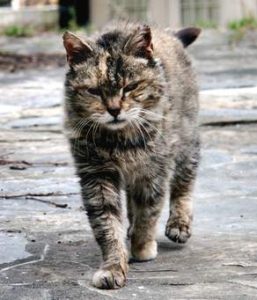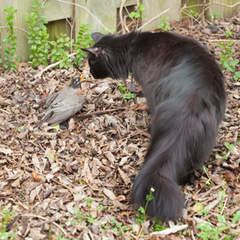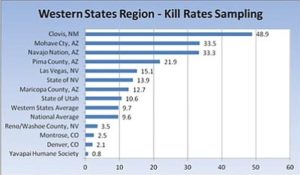 In July 2010, the Yavapai Humane Society (YHS) implemented a “no-kill” ethic. YHS applies this “ethic” by using the same criteria for deciding a homeless animal’s fate that a loving pet owner or conscientious veterinarian would apply. That is, healthy and treatable animals are not killed simply because we lack the room or resources to care for them.
In July 2010, the Yavapai Humane Society (YHS) implemented a “no-kill” ethic. YHS applies this “ethic” by using the same criteria for deciding a homeless animal’s fate that a loving pet owner or conscientious veterinarian would apply. That is, healthy and treatable animals are not killed simply because we lack the room or resources to care for them.
The “no-kill” ethic embodies our commitment that for every animal who comes through YHS’ doors there is a kind and loving person or family – and it is our mission to bring them together.
Each July, I report on our progress towards achieving “no-kill.” There are three statistics animal shelters use to measure their success, or failure, in reducing pet euthanasia (or killing). These numbers help tell the whole story:
The Live Release Rate (LRR) refers to the number of animals who get out of a shelter alive. It includes adoptions, transfers to rescue organizations, and lost pets returned to owners. Some shelter experts claim a 90 percent LRR is the threshold to “no-kill.” Since July 2010, YHS has maintained a 91 percent LRR (and a 95 percent LLR in 2012 and a 97 percent LLR in 2013 YTD).
The Euthanasia Rate reports the actual number of animals euthanized. In the first year implementing the no-kill ethic, YHS achieved a 63 percent reduction in killing, followed by a 64 percent reduction in year two, and a 40 percent reduction in year three; for an overall reduction of 92 percent over the past three years. This translates into four additional lives saved every day of the year.
The Per Capita Kill Rate refers to the number of animals killed per 1,000 residents. Prior to implementing the no-kill ethic, YHS was killing 17.25 animals per 1,000 residents; one of the worst kill rates in the state. However, in the 12 months ending June 30, the YHS kill rate was 0.8; the lowest in the nation! This rate is calculated by using the 2010 U.S. Census population estimate for central and western Yavapai County of 154,482 (131 animals killed / 154 = 0.8).
There are many ways everyone can help maintain our status as the safest community in the United States.
1. Spay/neuter your pets: Pets should be spay/neutered before sexual maturity. Call the YHS Spay/Neuter Clinic (771-0547) to make an appointment today!
2. Microchip your pets: YHS has one of the highest “Return to Owner” rates in the nation (50 percent). When your pet comes to YHS with an up-to-date microchip, he has a guaranteed ticket home. For a limited time, microchips can be purchased for just $15 at the YHS Spay/Neuter & Wellness Clinic any Friday without an appointment (2989 Centerpointe East, Prescott). For an additional $9.95, you can register your pet for life!
3. Support YHS by becoming a PAWS (Planned Automatic Withdrawal Service) donor. By joining PAWS, an automatic monthly donation of your choice comes to YHS without the hassle of sending in a check. Each month our secure system automatically processes your donation. You choose an amount that feels comfortable and you can change or cancel your participation at any time.
4. Include YHS in your planned giving: Attend a free YHS Planned Giving Seminar on Aug. 1 at the Prescott Lakes Country Club at 7:30 a.m. A complimentary deluxe breakfast will be provided. The seminar is entitled “Reduce Taxes and Save Lives: Tax Reduction and Planned Giving Strategies.

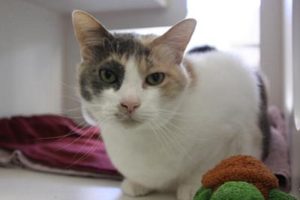

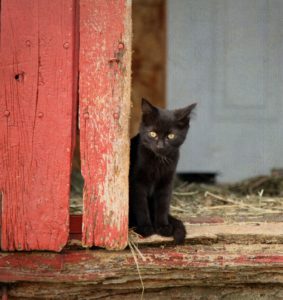


 Although many of us think our dog is clever enough to understand us, this confidence has never been tested by science – until now.
Although many of us think our dog is clever enough to understand us, this confidence has never been tested by science – until now.